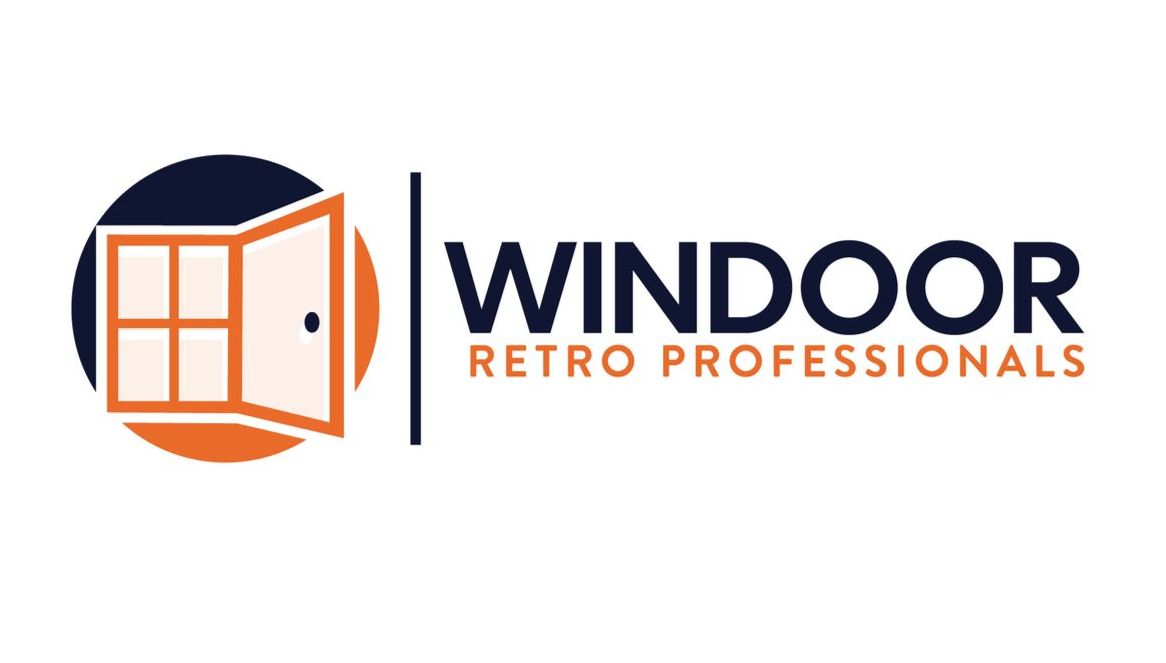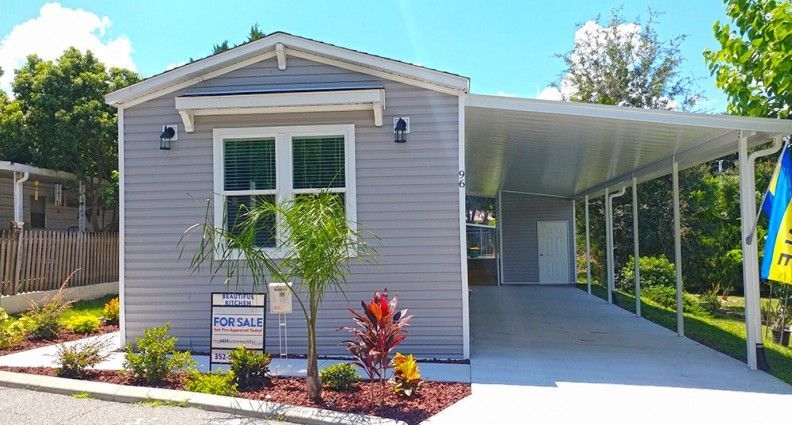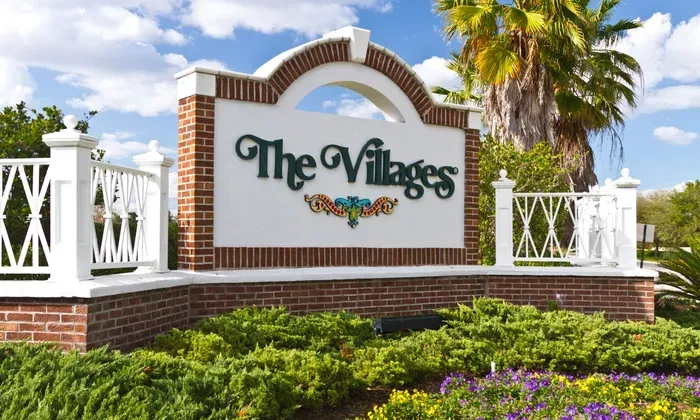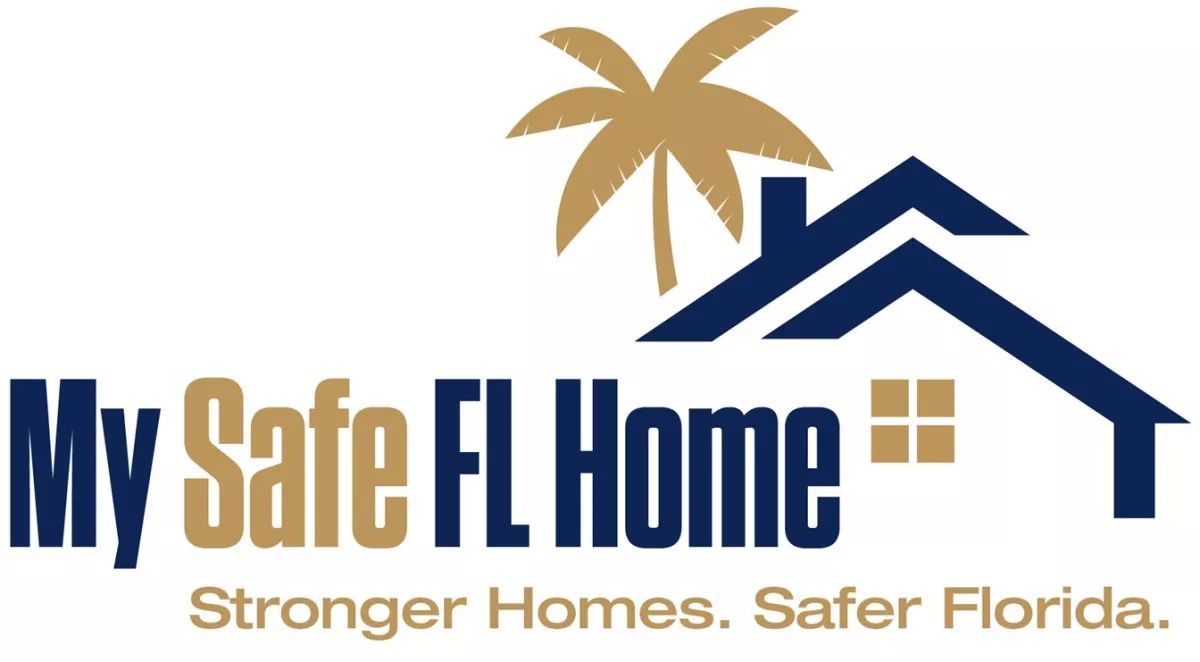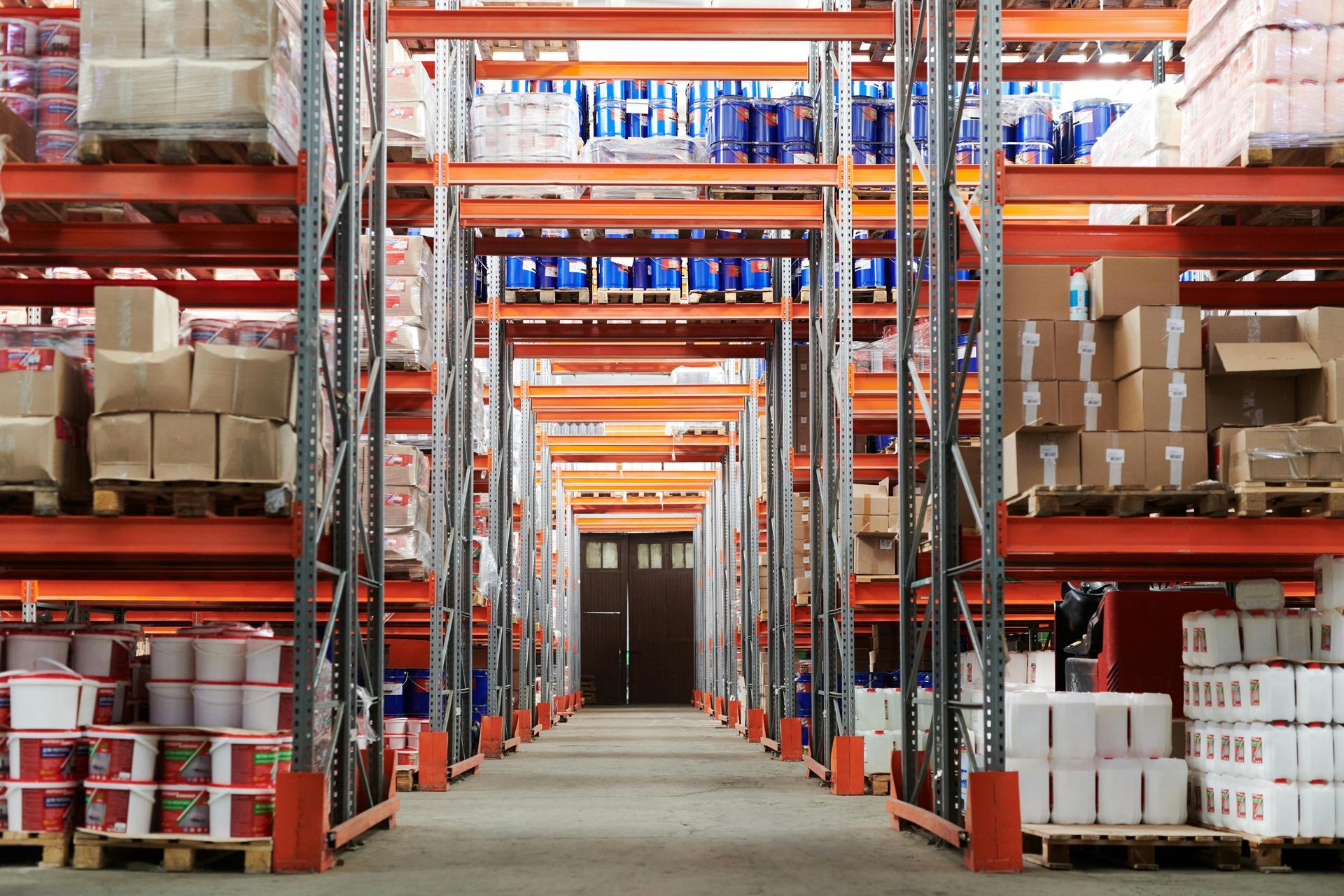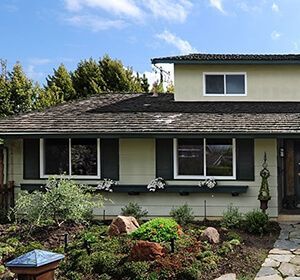Behind the Glass: What’s Really in Your Windows?
Ever wonder what kind of glass is actually in your windows — and why it matters? Let’s peel back the layers (literally) and see what’s between you and the elements.
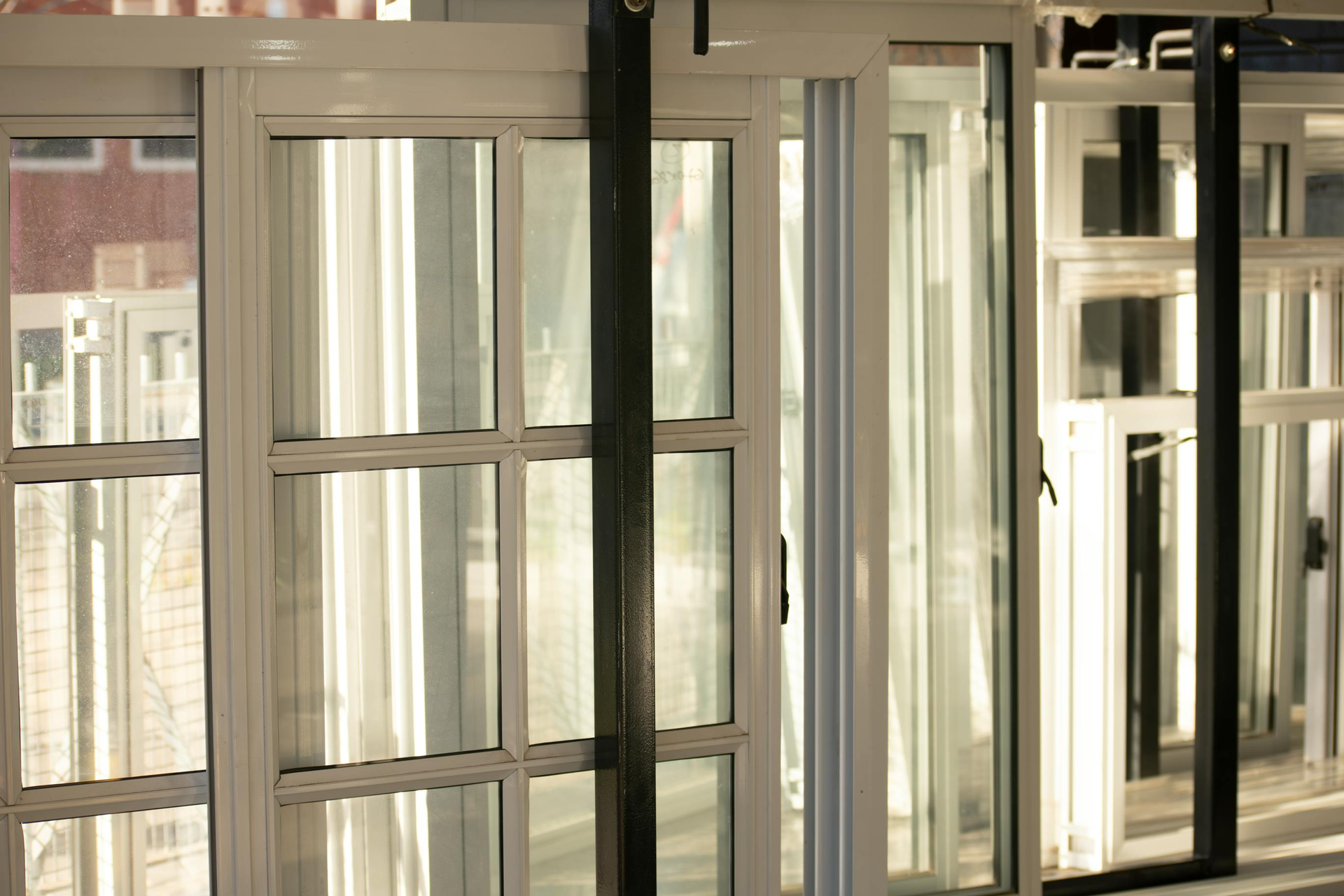
🧪 The Science of Window Glass: Not Just Sand and Heat
When most people think of windows, they think of the frame. Vinyl, aluminum, maybe wood if you’re old-school or living in a coastal fairy tale. But what about the glass? After all, that’s the part you actually look through—and it’s doing way more than just letting the light in.
Window glass is highly engineered. It’s cut, heated, cooled, coated, layered, and sometimes even laminated. And if that sounds like a sandwich made by a physicist, that’s because it kind of is.
Let’s dig into what your window glass is really made of, why it matters in Florida, and which manufacturers are putting the best “view” forward.
🧊 What Is Low-E and Why Should You Care?
Low-E, or low emissivity, is a microscopically thin coating—usually metallic oxide—that’s applied to the surface of the glass. Think of it like a tiny mirror that reflects infrared and UV rays while still allowing visible light to pass through.
🏖️ In Florida, this matters more than most places. Why?
Because our sun doesn’t just tan—it bakes. Low-E glass:
- Reflects solar heat away from your home
- Keeps your A/C from working overtime
- Blocks UV rays that can fade furniture and flooring
- Improves energy efficiency (big time)
Most modern windows come with at least one layer of Low-E coating. The most common? Low-E 366, made by (you guessed it) Cardinal Glass.
🏭 Cardinal Glass: The Invisible Giant
If you think your window glass was made by Simonton, PGT, or CWS, you’re not wrong… but also, you kind of are. That’s because roughly 70-80% of window manufacturers source their raw glass panes from one company: Cardinal Glass Industries.
Cardinal isn’t a window manufacturer. They’re a glass manufacturer—and the biggest supplier of coated and insulated glass in
North America. Companies like:
- PGT Innovations
- Viwinco
- Simonton
- CWS by Pella
- Eastern Architectural Systems
- (and plenty more)
…rely on Cardinal to supply their Low-E, tempered, and laminated glass packages.
🧱 Glass Types — And Why They Matter
1. Laminated Glass
Laminated glass is made by sandwiching a plastic interlayer (usually PVB or SentryGlas) between two sheets of glass. If broken, it cracks like a spiderweb but stays intact.
✅ Used for:
- Hurricane impact-rated windows
- Noise reduction
- Enhanced security
📦 Common in: PGT WinGuard, Eastern Architectural Bertha Series, CWS Aria & WindPact lines
2. Tempered Glass
Tempered glass is heat-treated to be 4–5 times stronger than standard glass. If it breaks, it shatters into small pebbles, not sharp shards.
✅ Used for:
- Safety glazing
- Patio doors and large windows
- Garage door windows
📦 Found in: Nearly all major brands like Viwinco, Pella, PGT, and Simonton
3. Tinted Glass
This isn’t a coating—it’s color baked into the glass to reduce glare and solar heat.
✅ Used for:
- Aesthetic preferences
- Reducing visible light
- Homes with extreme west/south exposures
📦 Offered as an option in Simonton, Viwinco, and Eastern Architectural products
4. Coated Glass
Low-E coatings (like LoĒ²-272, LoĒ³-366) fall into this category. These are sputter-coated on the interior-facing glass surface.
✅ Used for:
- Blocking heat gain
- Protecting interiors
- Boosting U-Factor and SHGC performance
📦 Standard in almost all Energy Star-rated windows
🔍 Specialty Glass Types: Float, Annealed, and SentryGlas
➤ Float Glass
This is the starting point of it all. It’s made by floating molten glass on a bed of molten tin (yes, seriously) to make it perfectly flat. This becomes the base glass for almost everything else.
✅ Fun Fact: Every piece of window glass—tempered, laminated, or otherwise—starts as float glass.
➤ Annealed Glass
This is float glass that’s slowly cooled to relieve internal stresses. It’s your basic, everyday glass. The kind that breaks dangerously, and is not used in safety applications.
✅ Used for:
- Non-impact-rated interior applications
- Budget windows in non-hurricane zones (aka, not Florida)
📦 Rare in Florida code-compliant windows, but may still be used in non-HVHZ rated windows
➤ SentryGlas®
Made by Kuraray, SentryGlas is a premium interlayer used in laminated glass. Stronger, stiffer, and more durable than standard PVB.
✅ Used for:
- High-end hurricane impact windows
- Coastal installations
- Large glass spans requiring structural rigidity
📦 Featured in PGT WinGuard, ESWindows, and some Eastern Architectural lines
🤔 So... Which Glass Should You Get?
It depends on where you live and what you're trying to solve.
- 🌀 HVHZ / Coastal Zone? → Laminated glass with SentryGlas, Low-E 366
- 🔥 Hot climate + energy savings? → Dual-pane tempered with Low-E 366 and argon gas
- 👶 Safety and breakage concerns? → Tempered glass throughout
- 🎨 Style and glare control? → Consider tinting or specialized coatings
💡 Final Thoughts: The Glass Is Half Full… of Science
Most homeowners don’t realize how much is going on inside a window. But if you’re in Florida—especially in a high-wind or high-heat zone—your glass isn’t just glass. It’s your home’s first line of defense.
At Windoor Retro Professionals, we work with top-tier manufacturers and source glass packages that make sense for your home, your climate, and your budget. Whether it’s laminated, tempered, tinted, or coated with space-age Low-E, we’ll make sure your view is clear—and so is your understanding of what you're buying.
🛠️ Ready to upgrade your view?
📞 Contact us today for a free consultation and let’s find the right glass for your home—no smoke, no mirrors. Just real expertise.
